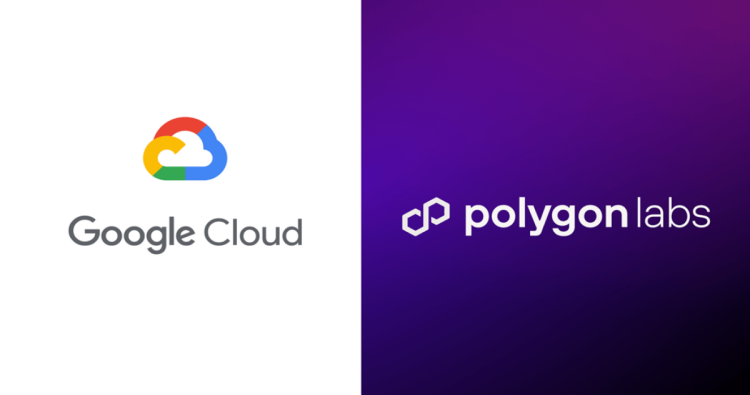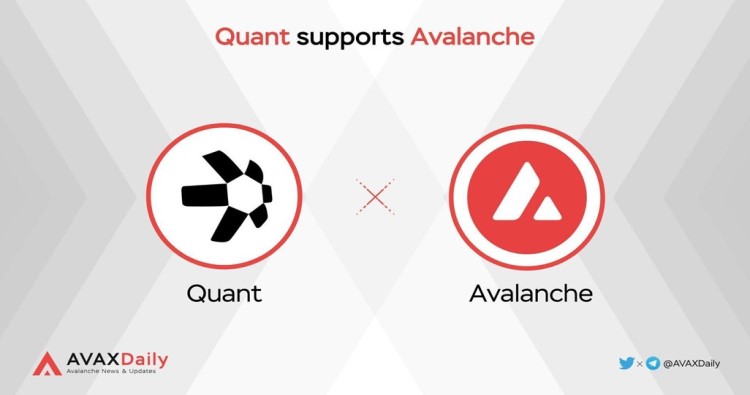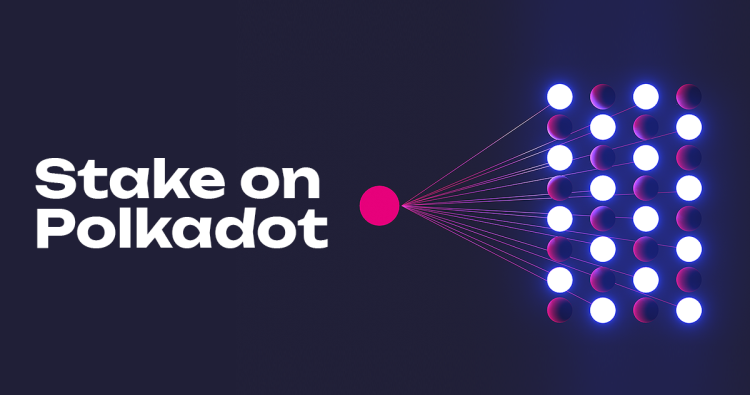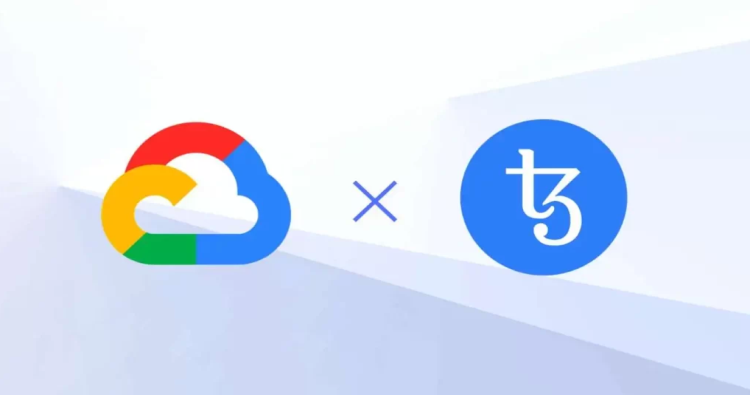
State Compression on the Solana Blockchain
In early April, Solana introduced a new method of state compression for storing data directly on the blockchain, which cuts down on cost by magnitudes of scale.

Upgrade to premium
State compression on the blockchain is the process of reducing data to occupy less space. This allows for a larger amount of data to be stored without the need to expand the blockchain’s capacity. One of the first examples of state compression on the Solana blockchain was for storing NFTs.
The advantage of state compression of NFTs is that it enables more individual assets to be stored on the blockchain at lower costs. This means more NFTs can be stored while saving on transaction fees. Compressed NFTs are equally valuable as regular NFTs but have a lower minting cost, making them an attractive choice for users who are looking for a cheaper way to store their digital assets.
The use of state compression is not limited to NFTs, though, but can be used for any type of data being stored on the blockchain, including transaction information, contracts, and other data. This allows for scalability and more efficient utilization.

This image assumes the price of SOL to be 21.14 USD, MATIC to be 1.14 USD, and ETH to be 1,909 USD.
The image shows that before using compression, issuing 1,000 NFTs on the Solana blockchain cost 12 SOL, but after compression, the cost is 2.57 SOL.
IMPACT
This move will help the Solana blockchain attract new projects that are looking for efficient and scalable solutions for storing their data. These projects will have lower operating costs and will be able to process more data, which will enable the Solana blockchain to be even more competitive compared with other blockchains, and ensure that it remains attractive to other projects that are looking for fast, reliable technology to store their data.

The Solana blockchain seems to be able to maintain the trust of its users and developers, despite some shortcomings, and is still competing for a place among the best blockchains on the market. However, while it is able to provide fast, smooth operation, there is still room for improvement in certain areas, such as security.
In any case, Solana is still one of the promising blockchains at the moment, and it will be interesting to see how it develops in the future.
Ondřej Tittl
Previous

Next


.webp)







































.jpg)












































